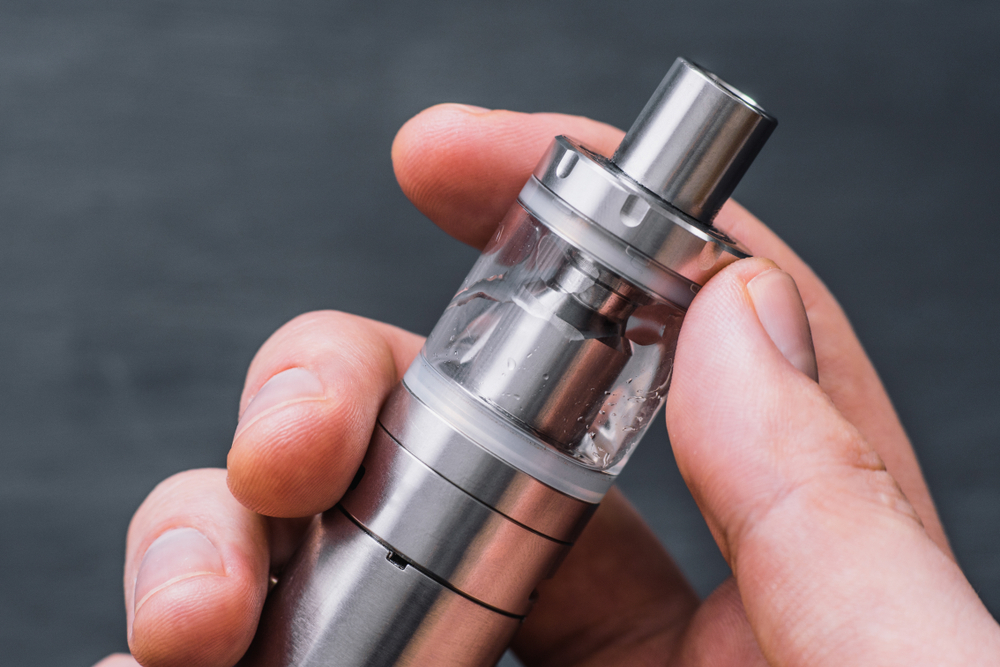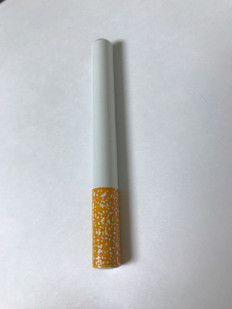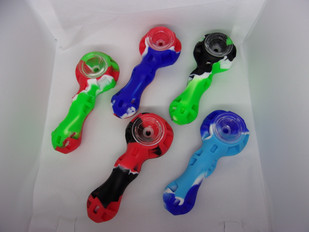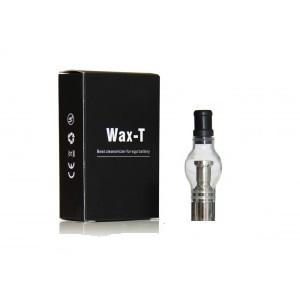- Home
- The Vape Mall Blog
- How Long Does it Take for a Vape Tank’s Glass to Cool Down?
How Long Does it Take for a Vape Tank’s Glass to Cool Down?
Posted by on

Most of us handle the glass piece of our vape tank multiple times a day, whether we are going to refill our tank with e-liquid, switch out our coil or take our tank apart to clean it. Anyone who vapes regularly with a sub-ohm tank knows that sometimes, that glass piece gets quite hot to the touch. It’s important to allow your glass piece to cool down before handling it in order to be safe. So, how long should it take for it to cool down?
Why Your Vape Tank’s Glass Piece Gets Hot
The glass piece of your vape tank, which covers the juice well, is made from Pyrex glass, a type of glass that was invented decades ago in order to be generally resistant to heat and more durable. It’s the same glass that allows your casserole dish to go safely into the oven without cracking under the pressure of rising temperatures. Naturally, tank manufacturers use Pyrex glass because they know that the tank will be exposed to high temperatures that come from vaping.
While Pyrex can handle heat better than other types of glasses, that doesn’t mean that it never gets hot. While you vape, heat that comes from the power of the battery does make its way to the glass piece, and this increases its surface temperature. How hot that glass actually gets is determined by a number of factors that we will cover now.
Factor #1: Output Level You’re Vaping at
How hot your glass piece gets is largely determined by how much heat is generated by your overall vaping setup, which is based on the output level that you’re vaping at in terms of wattage or temperature. It’s due to the output level dictating how hot the coil inside the tank gets, and the hotter the coil gets, the more that heat can spread throughout the Pyrex and rise in temperature.
#2: How Much You’re Vaping
The rate at which you’re vaping also plays a big role. If you’re waiting 60 seconds between each puff of vapor, then your tank gets a chance to cool down before you fire your device again. If you’re taking one puff after another without really waiting in between, then your glass piece will only accumulate more and more heat.
Factor #3: Mouthpiece Being Used
Titanium mouthpieces are more likely to increase the temperature of your tank than those made from other materials like silicone. This is because titanium retains heat more efficiently than these other materials, and that heat can transfer to the glass piece of your tank.
Factor #4: The External Temperature Your Tank is Exposed to
The higher the external temperature where you’re vaping, the harder it will be for your glass to cool down. Think about vaping in below-freezing temperatures, where it actually takes effort to keep your device warm, compared to vaping on a 100-degree day, when your entire vaping device is already at risk of overheating.
Touching Your Glass When It’s Hot: What Can Happen?
The biggest risk of touching your glass when it’s too hot isn’t actually burning yourself, as it’s hard for your glass piece to actually get so hot that just touching it can damage your skin. Instead, the risk is dropping it. Touching a tank that’s hot, especially when it’s unexpected, can lead to you quickly releasing it from your hand, which puts your entire vaping system at risk from a fall that can damage it.
How to Know that It’s Cooled Down Enough to Be Touched
Because so many factors determine how hot your glass piece can get, there’s no single rule about how long to wait before touching it after vaping. Ultimately, you should wait at least a couple of minutes before you touch the glass of your tank, and then use the back of your hand instead of your fingers to touch it, as this part of the hand is less reactive to heat.
While it is unlikely that you’ll actually end up with a burn injury, you don’t want to drop your device as this can cause quite a bit of damage.
 Loading... Please wait...
Loading... Please wait...



















